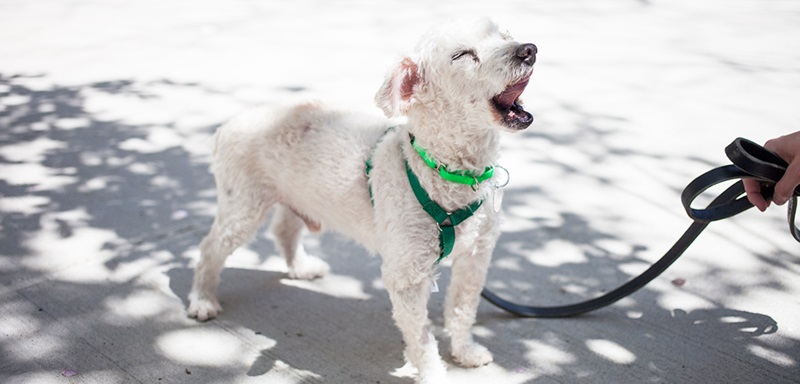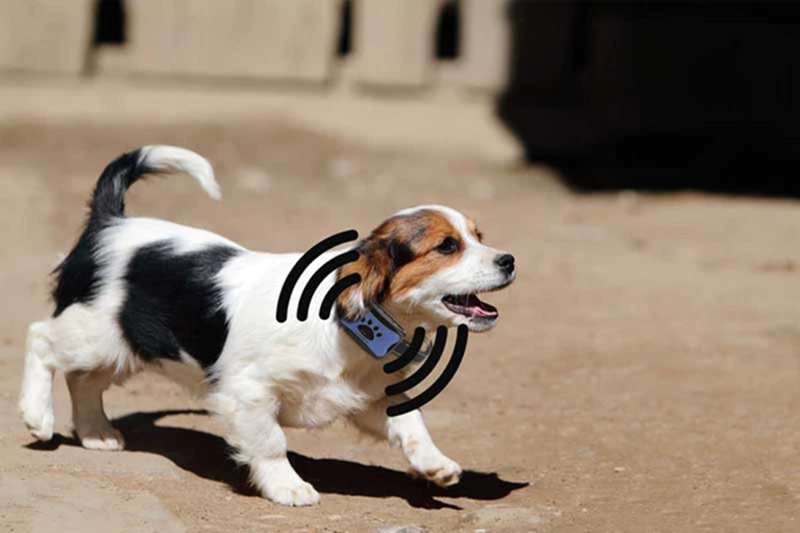Barking is a natural thing for dogs. That’s the way they communicate and express joy, fear and excitement. However, excessive barking is never a good thing. It often indicates some health or behavioural problem. If you notice your dog barking unnecessarily, immediately consult with your vet. Thankfully, there’s a solution to this problem and it’s called an anti-barking device.
How do They Work?

These devices were presented for the first time in the 1960s. They were mainly used for hunting dogs, but they had too much power and were harmful to the dogs. Later on, manufacturers found a way to make these highly effective anti-barking devices for dogs, safe for the animals. They toned down and adjusted the shock.
They work by sending negative stimuli every time the dog starts barking. Most of them are activated as soon as they detect the barking sound. But some and manually operated by the owner. They need to push a button on a remote and send an impulse. This means you have to be near your dog to do it. But sometimes the device won’t work because the remote is out of the collar’s range.
Some of these collars will even increase the stimulation level if the dog continues with barking. It levels up until it becomes effective. But many dog owners prefer to control this manually because it allows them to see at which level the dog starts reacting and stops. This way the dog won’t go through many levels of stimulation.
Are They Safe?
Overall, these collars are safe for your dog. They don’t cause any physical damage that can lead to serious injury or permanent consequences. However, the sensation they give to the dog is not pleasant for them, but if they don’t feel a thing the device wouldn’t be effective, and they won’t stop barking. These collars are not made to stop the dog from barking completely, just to teach it to control the barking and prevent possible laryngitis.
Types of Anti-Barking Collars
Rechargeable

Depending on how intense the dog’s barking is, you may have to replace the batteries on the device quite often. This can get tiring and costly after a while. One solution is a rechargeable collar. They eliminate the need for battery replacement and save you money in the long run. There are models that can work for several weeks before you need to recharge them. The recharge usually takes about 1-2 hours. Plus, they come in many sizes so you can find one for each dog breed.
Remote Control
The remote control device is more effective than the automatically engaged ones. They give you more control over the situation and won’t activate on sounds and vibrations. You have full control over when you turn the stimulation on and off, which makes it easier to train your pet. You’ll teach your dog when it’s okay to bark and when to stop. You use this device to get your dog’s attention and give it directions. Besides barking, you can use it to control other inappropriate behaviours such as jumping, running, chasing other animals or digging.
Shock Collars

These anti-barking devices for dogs have been around for many decades now and paved the way for a big variety of collars on the market. They can be automatic and remote-controlled. They’re also known as static shock collars because when the sensors detect barking, they send a short static interruption in the dog’s neck. If you use them properly and responsibly, these collars can be useful in discouraging undesirable or risky behaviour. The remote-controlled ones are completely controlled by you. You can adjust the intensity and the frequency of the shocks.
Spray Collars
These collars don’t use any shock waves to ward your dog off wrong behaviour. They use a spray, usually lemon or citronella, and when the sensors detect a bark, they spray this scent near the dog’s nose. This disrupts their barking. The scents inside the collar are non-toxic and won’t do any harm to your dog or yourself. This is an effective way to control your dog’s barking, especially for smaller breeds and fearful dogs.
Ultrasonic Collars

This is another interesting method of bark control that’s in no way harmful for the dog. The ultrasonic collar has microphone sensors installed. When they detect barking, they emit a high-frequency sound. This sound is inaudible for humans, but it affects the dog’s hearing. Some manufacturers replaced the sounds with vibrations, which is still a good way to interrupt the barking. These collars are perfect for puppies or smaller breed dogs.
Vibration Collars
Vibration collars also have sensors inside them. They detect and identify the barking sound and send a pulse through the dog’s neck to prevent it from barking. Some models give you a choice of several vibration levels so you can adjust it according to your dog. Some of them go up to 7 levels. They’re a good alternative for shock collars but aren’t recommended for dogs lighter than 5kg and big, stubborn breeds.
Waterproof Collars

Although less powerful than conventional shock collars, waterproof bark collars offer multiple levels of static correction. Because of the waterproof feature, you can freely walk your dog in the rain, let it jump and splash in puddles or swim in a lake. It won’t get damaged or harm your dog in any way. The great thing about them is that you can find them in many sizes, for each dog breed.
What to Consider When Buying?
Adjustability and flexibility are the first things you should consider. When you have different levels of intensity to choose from, you’ll be more effective at teaching your dog what not to do. Some of them have an auto mode, which means they increase the pulse as the barking gets louder. Every manufacturer has a weight limit as well. For example, puppies lighter than 3.5kg shouldn’t use collars.
The receiver may be too heavy for them to carry around the neck. This can lead to some injuries or permanent damage to the dog’s neck. Always measure the dog’s neck before buying. This will tell you the collar’s size. You can do it by wrapping a soft measuring tape around the neck, not too loose and too tight. Once you get to the store, check the measurement with the size chart, and you’ll get the right collar size.
